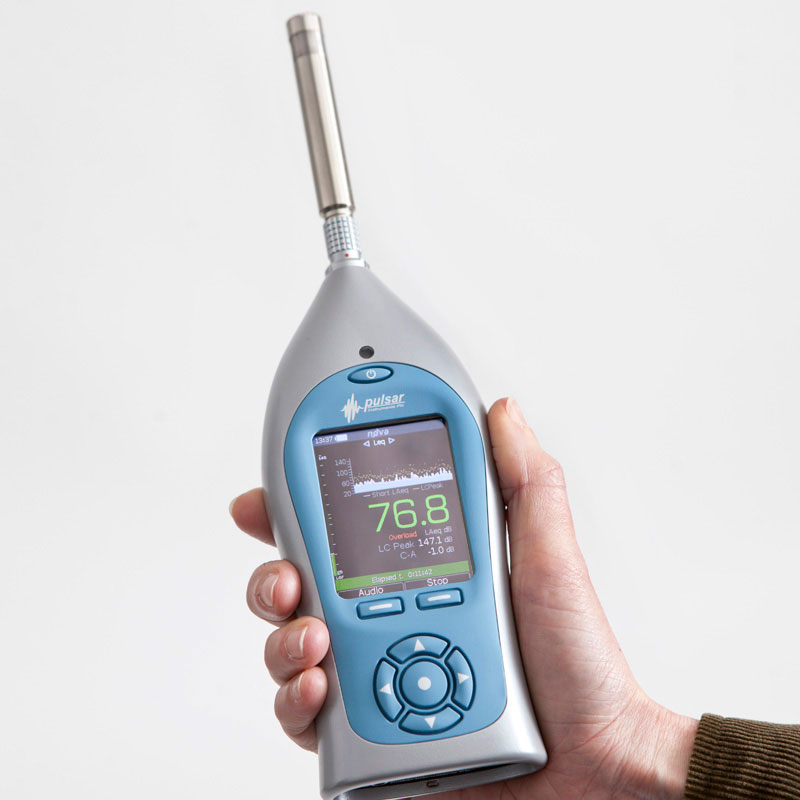When writing about frequency weightings, you should specify which weighting has been applied to your sound level measurement by adding the appropriate suffix after the decibel value. Here are examples of how each weighting could be specified:
* For A-weighted measurements, use dBA (decibels adjusted using the A-weighting filter): e.g., "The average noise level during rush hour was 85 dBA."
* For C-weighted measurements, use dBC (decibels adjusted using the C-weighting filter): e.g., "The maximum peak noise from the explosion reached 132 dBC."
* For unweighted (or Z-weighted) measurements, simply use dB (decibels without any correction): e.g., "The raw signal had a peak amplitude of 47 dB."
When mentioning these terms initially, make sure to define them clearly so readers understand their meaning. You may write something like:
"Throughout this report, we utilize three distinct frequency weightings for our sound level measurements – A-weighted (dBA), C-weighted (dBC), and unweighted (dB). To ensure clarity, here's what each term represents:"
Then proceed to explain each weighting briefly before presenting your results throughout the document. By doing this, you enable your audience to comprehend the significance behind each measurement unit and maintain transparency regarding your data analysis process.

